Smart power station on wheels
It goes on a trailer and should supply remote areas in developing countries with electricity: the intelligent generator SMiG, which students from ETH Zurich developed within the scope of their Master’s project.
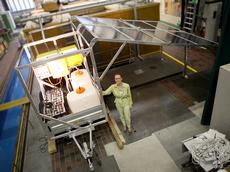
According to the International Energy Agency (IEA), one in five members of the human race do not have power, most of those affected being people who live in the countryside in Africa and Southern Asia. For them, wood is often the only available energy resource, which means that forests are being cleared and fertile land is dwindling. Moreover, the smoke from burning wood while cooking in small houses poisons the airways of women and children. “Studies in developing countries show a strong correlation between electricity supply and quality of life,” says Anna Gawlikowska, a postdoc at the Institute of Energy Technology. Consequently, together with Professor Reza S. Abhari, she advertised a Master’s project at the Department of Mechanical and Process Engineering to design an intelligent generator for developing countries.
Robust, cheap and easy to use
John Oldridge, a student at the Laboratory for Energy Conversion, immediately liked the idea: “I wanted to create something with a practical use during my Master’s project,” he says, “and an application that would benefit as many people as possible.” Together with fellow student Till Richter, he embarked on some initial market research based on preliminary studies conducted by other students at ETH Zurich and the University of St. Gallen. They soon realised that the existing mobile generators were either too expensive or still in a research phase – without any possibility for rapid distribution. “We wanted to build a system that was as robust, compact and simple as possible,” says Oldridge. From the outset, the generator was to be designed for low-cost production in large quantities. After six months of development, they recently showcased the first prototype at the department: the “Smart Micro Grid System” (SMiG) – a compact system that goes on a trailer.
Hybrid electricity generation
The centrepiece of the system is a diesel generator that produces sufficient power to supply up to 100 people in twenty households daily with approximately 75 kilowatt-hours of electricity. While that is about twenty times less than what a Swiss household consumes daily, it is still enough to power a hotplate, several lamps, a small television and a refrigerator. The students optimised the diesel consumption by connecting a battery to the system to store electricity. Consequently, the generator can run continuously at peak performance for a longer period of time and rest during times with a low electricity demand. This alone enables the conversion of energy from fuel to electricity to be increased by sixty per cent, as intensive operative tests in Switzerland revealed.
In addition to the generator, eight solar cells produce around ten per cent of the total output and can be folded out on the side of the trailer. More renewable energy would be possible, but this would make the system more expensive and forfeit a portion of its compactness and straightforward handling.
Waste heat for water treatment
As the core of the system, the diesel generator has an additional function besides producing electricity: water treatment. Using the waste heat – some two thirds of the total energy – pathogenic germs in contaminated water can be killed off at temperatures of over seventy-six degrees Celsius. With the system running at full capacity, 1,000 litres of water can be purified per day – an opportunity for people who live in the country and do not have access to clean drinking water.
What sets SMiG apart from existing systems is the possibility of controlling between eight and twenty household lines centrally by computer. At peak times, when all the lights are on and people are cooking, an automatic warning system prevents the system from being overloaded.
Individual billing
The central management and control also enables the electricity consumption of every household to be calculated exactly, the prerequisite for establishing SMiG as part of the local economic cycle. As a means of payment, the developers from ETH Zurich envisaged a credit system much like that for a prepaid mobile phone, as is already common in most developing countries. The users would be able to buy electricity credit in the form of vouchers from small kiosks which they can activate on the central computer by entering a code. “Of course, the interface needs to be as simple as possible,” says Gawlikowska, “and individuals in the villages would have to be taught how to handle the SMiG.”
The project has been completed for the time being. After months of working through the weekends, Oldridge and Richter are enjoying a well-earned rest. The water treatment module is being optimised for a wide range of water quality in a further student project at the Eawag. Project supervisor Anna Gawlikowska is currently on the lookout for funding opportunities to produce ten SMiG units, which are then to be put to the acid test in developing countries.


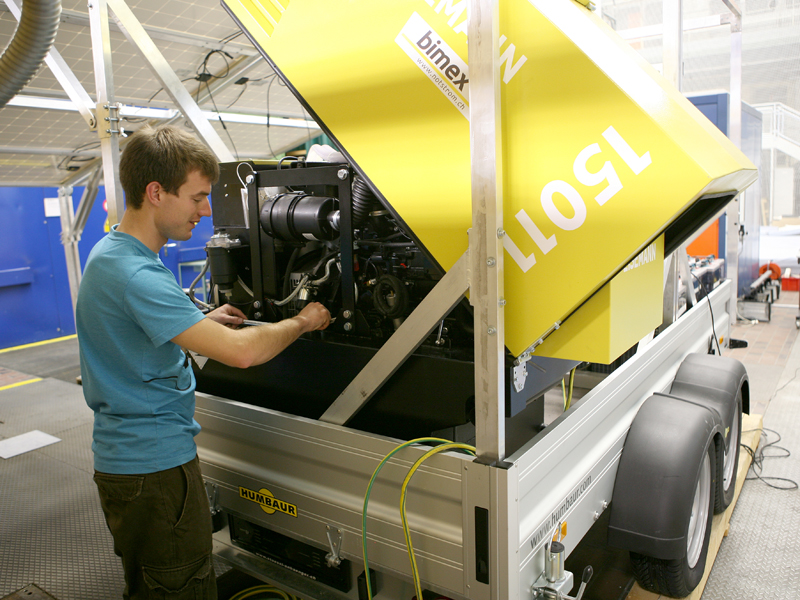
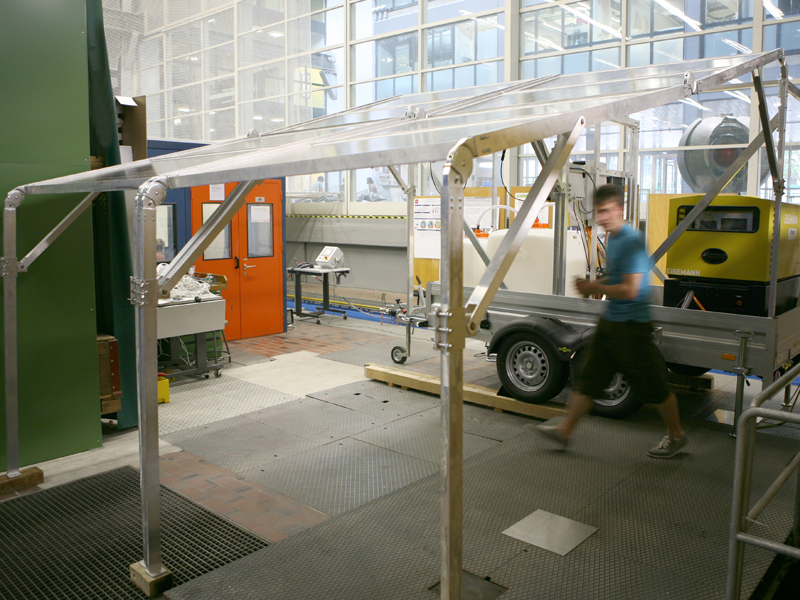
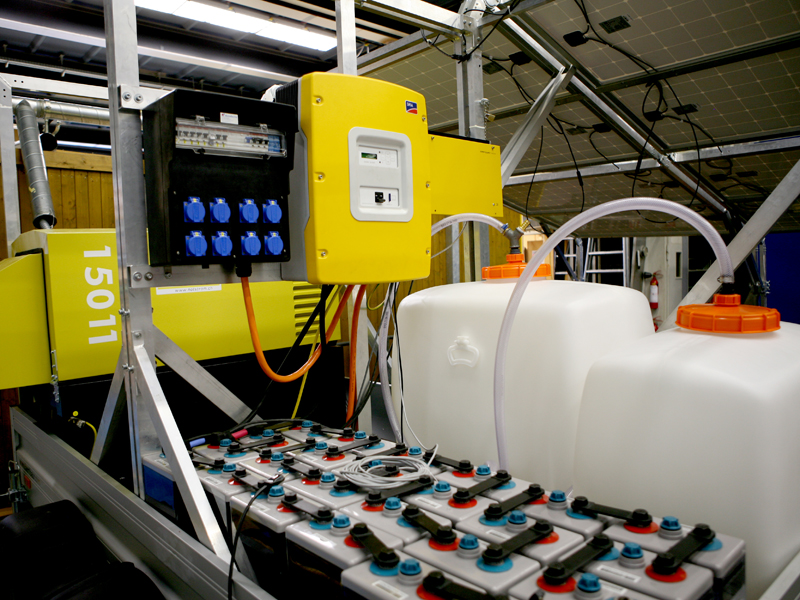
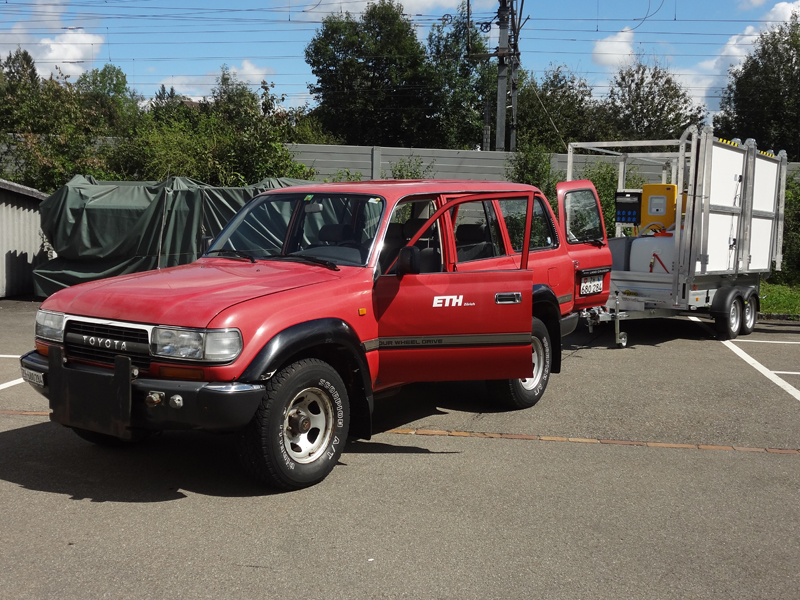





READER COMMENTS